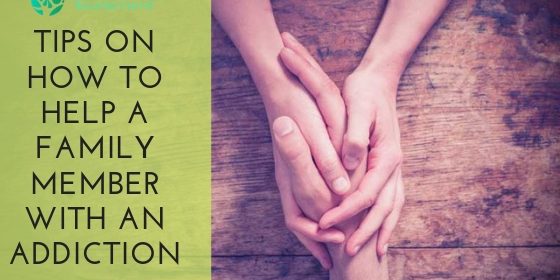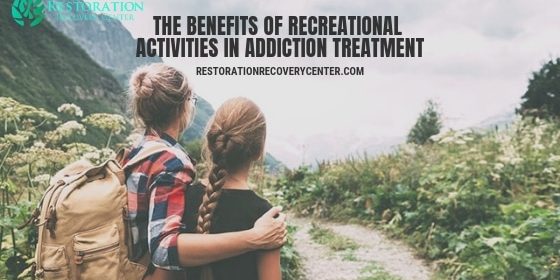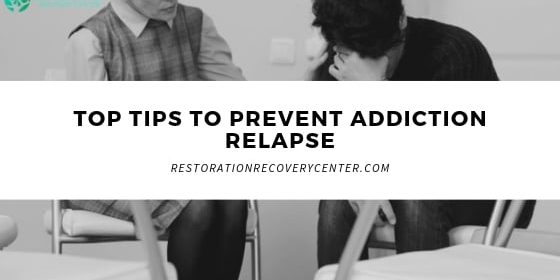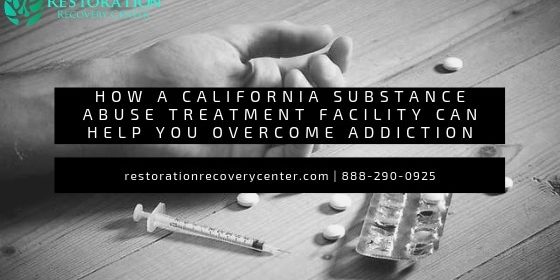PTSD Explained
Post-traumatic stress disorder (PTSD) is a mental health condition that people can develop after experiencing a traumatic or life-threatening event. PTSD can cause various symptoms, including anxiety, insomnia, and flashbacks, varying in degree and intensity.
PTSD is often misdiagnosed, especially in early recovery when individuals are detoxing. Unresolved trauma is the primary source of addictive behavior. Therefore, it’s essential to know what to look for.
Causes of PTSD
There is no single cause of PTSD, and it can develop in response to a wide variety of traumatic experiences. Most people who go through a traumatic event will experience some short-term symptoms, but most will not develop chronic PTSD.
Not all PTSD is caused by a life-threatening event. Some life experiences, like the sudden, unexpected death of a loved one, can also cause trauma to get stuck.
While the causes of PTSD are not fully understood, several risk factors have been identified. These include:
- Previous exposure to trauma
- Family history of psychiatric disorders
- Personal characteristics like low self-esteem and lack of social support
Symptoms of PTSD
It’s normal to experience difficult emotions like sadness and fear after experiencing a traumatic event. The difference between a normal trauma reaction and PTSD is the length of time and severity of symptoms. Unfortunately, time does not heal their wounds for some people, and their trauma becomes chronic.
Symptoms of PTSD usually present within three months of the traumatic event, but they sometimes take years to surface. According to the Diagnostic and Statistical Manual of Mental Disorders V (DSM-V), to be diagnosed with PTSD, an individual must have experienced or witnessed a traumatic event and have symptoms from each of these categories:
- Intrusive symptoms are those that involve reliving the trauma. This may include flashbacks, nightmares, and intrusive thoughts. Individuals with PTSD may feel like they are going through the trauma again. As a result, they may feel like they are in danger even though they are not.
- Avoidance symptoms involve avoiding anything that reminds the individual of the trauma. This may include avoiding people, places, or things that trigger memories. In addition, the individual may try to numb their feelings by using alcohol or drugs.
- Negative changes in cognitions and mood are common symptoms of PTSD. The individual may have trouble remembering what happened during the trauma, and they may blame themselves or others for the trauma. As a result, the individual may feel hopelessness, despair, or disconnection from others.
- Arousal and reactivity are symptoms that make it hard for the individual to continue with their daily activities. The individual may be easily startled or always on guard.
If you or someone you know is experiencing the symptoms above, it may be time to seek professional help. PTSD can interfere with functioning on all levels. Trauma is one of the primary risk factors for substance use and mental health disorders. There are some excellent treatment centers with trauma-informed trained professionals to help you free yourself from the weight of unresolved trauma.
How to Cope
If you have PTSD, it’s crucial to learn healthy coping skills. People with PTSD are also more at risk for developing mental health problems like depression and anxiety. They are also more likely to use alcohol or drugs to cope with their symptoms.
Essential self-care goes a long way towards maintaining stability and functionality when dealing with trauma. The practices below help keep the mind and body regulated and healthy.
- Eating whole, unprocessed foods supply the brain with essential nutrients.
- Daily exercise is one of the best stress relievers out there. So find something you like to do that involves movement and do it regularly for optimum benefit.
- Most professionals recommend getting at least seven to 9 hours of sleep for peak mind and body functioning.
- Find a therapist or counselor who specializes in trauma. Many cognitive and behavioral therapeutic interventions have been shown to treat PTSD effectively.
Connect With Other Trauma Survivors
Connecting with other trauma survivors can be a life-saving intervention for some people. Knowing you are not alone and not the only one who has been through horrific things can help you create perspective and healing.
There are many online ways to connect, and an excellent place to start is with the National Association of Mental Illness (NAMI). NAMI‘s website offers ways to educate and help you move forward.
These lifestyle practices can help you manage your symptoms and improve your quality of life. With the proper treatment and support, you can start healing from your trauma and live a healthier, happier life.
Post-traumatic stress disorder (PTSD) is a mental health condition that can develop after a person experiences or witnesses a traumatic event, such as a natural disaster, a car accident, or a terrorist attack. Symptoms of PTSD can include flashbacks, nightmares, anxiety, depression, and avoidance of certain places or situations. PTSD can also lead to problems with alcohol and drug abuse, as well as difficulty in relationships. If you are experiencing symptoms of PTSD, it is crucial to seek professional help. PTSD treatment may involve medication, therapy, or both. Many coping skills can help you manage your symptoms and live a full life despite your diagnosis. Finding professional help and learning about your treatment options is essential for managing PTSD. To learn more about diagnosing, treating, and managing post-traumatic stress disorder symptoms, call Restoration Recovery Center today at (888) 290-0925. We are here to help you.






